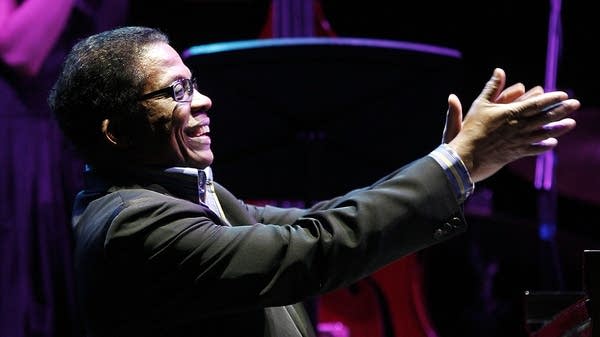Scott Joplin was born just a few years after the end of the Civil War. His father was a formerly enslaved man from North Carolina and his mother was a freeborn woman from Kentucky. The family moved to Texarcana, on the border of Texas and Arkansas, when he was a child.
Joplin was naturally gifted in music, and eventually settled in Sedalia, Missouri and attended music college there. He started writing and publishing piano rags in 1896.
Ragtime music developed from African American work songs, gospel songs and dance. In 1899, he published The Maple Leaf Rag, named after the Maple Leaf Social Club for Black men, which opened in Sedalia a year earlier. It was his most successful Rag during his lifetime
He wrote around 50 “rags” in his lifetime. They continue to be his best-known works and earned him the title of the “King of Ragtime Writers.”
Pianist Lara Downes recently Reimagined Joplin on a recording titled Reflections: Scott Joplin Reconsidered. Downes says that Joplin was an “innovator who really brought American music into the 20th century, who came out of a 19th century tradition both in European music and American music. Without [his] music, our 20th century music doesn't exist.”
Joplin also composed in other styles, including opera. When he moved to New York in 1907 he began working on Tremonisha, an opera set after the Civil War in his former home of Texarcana. At the time, it was virtually impossible for Joplin to get his opera produced, so he ended up playing all the music from the score for a concert production in Harlem.
Depression and illness led to Joplin’s death in 1917. Joplin was 48 years old and his grave was left unmarked until the movie The Sting won Best Picture at the Oscars in 1974. The soundtrack featured Joplin’s ragtime music.
Tremonisha was finally given a complete performance with the Atlanta Symphony under Robert Shaw in 1972.
Joplin’s life was a struggle, but he and his music opened the door for many other Black musicians and artists to make their way in a racially segregated nation.
Love the music?
Show your support by making a gift to YourClassical.
Each day, we’re here for you with thoughtful streams that set the tone for your day – not to mention the stories and programs that inspire you to new discovery and help you explore the music you love.
YourClassical is available for free, because we are listener-supported public media. Take a moment to make your gift today.
Your Donation
About Rhapsody in Black
Where we turn up the voices of Black artists in the world of classical music, with host Vernon Neal.
Subscribe to the podcast: Apple Podcasts | Spotify | Amazon Music | TuneIn | RSS Feed










